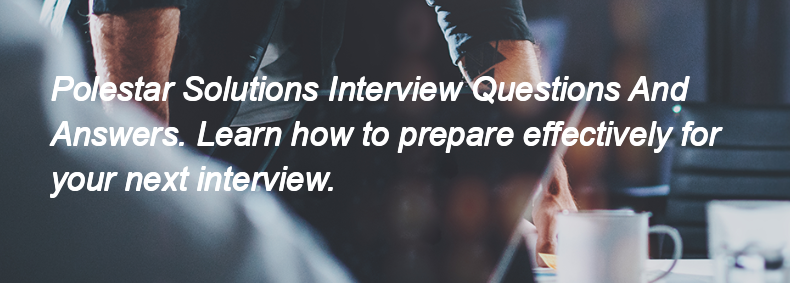Ques:- List the steps you would take in building up a team?
Asked In :-
Polestar Solutions,
Right Answer:
1. Define the team's purpose and goals.
2. Identify the skills and roles needed.
3. Recruit team members with the right expertise.
4. Foster a collaborative environment.
5. Establish clear communication channels.
6. Set expectations and responsibilities.
7. Provide training and resources.
8. Encourage feedback and continuous improvement.
9. Monitor progress and adjust as needed.
10. Celebrate achievements and recognize contributions.
1. Define the team's purpose and goals.
2. Identify the skills and roles needed.
3. Recruit team members with the right expertise.
4. Foster a collaborative environment.
5. Establish clear communication channels.
6. Set expectations and responsibilities.
7. Provide training and resources.
8. Encourage feedback and continuous improvement.
9. Monitor progress and adjust as needed.
10. Celebrate achievements and recognize contributions.
Comments
Collective performance
Postive attitude towards working
Shaping team player
Turning individuals into team players

